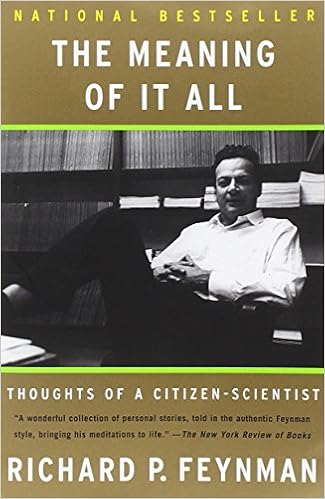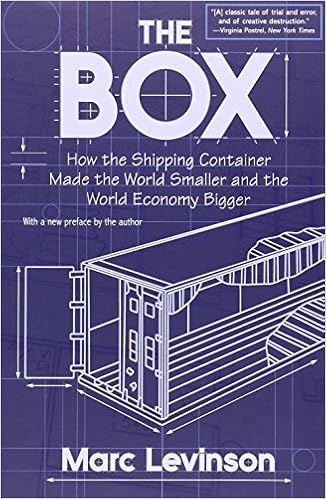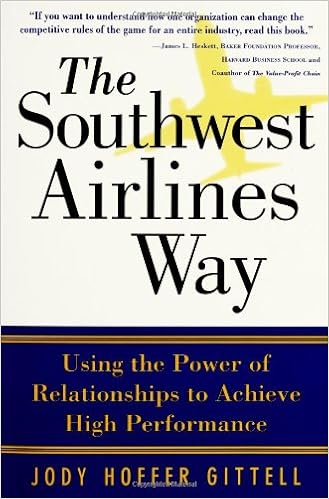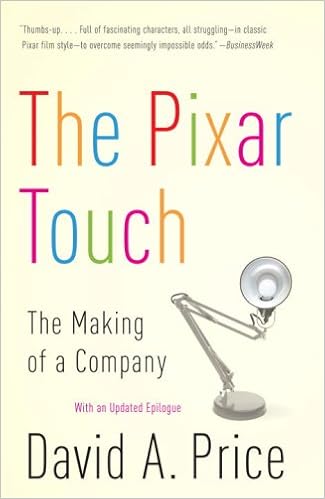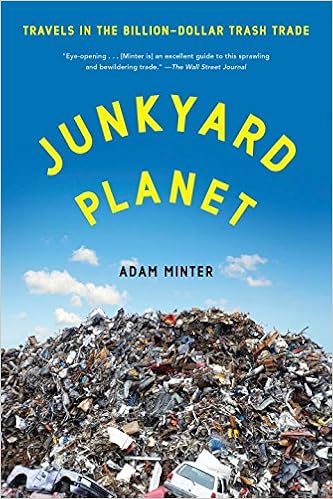What is it about?
The book is basically a published transcription of three lectures given by Feynman in 1963. The topics of the lectures are: (1) "The uncertainty of science", (2) "The uncertainty of value", and (3) "This unscientific age".
The text - lecture transcriptions - reads quite fluently and actually is, in my opinion, even more pleasant to read than your average non-fiction book.
Was it good?
Absolutely, no doubt about it. One contributor to this is the spoken nature of the text. However, the second and far more important contributor is the unique style of Feynman. Indeed, one just has to admire how clearly and humbly a great thinker can express his thoughts - and especially how straightforwardly one can just say "I don't know". Actually, for a non-Nobelist reader, it is truly enjoyable and liberating to read that even the best minds don't know or understand a great number of things.
The main take-away for me?
There were basically two main take-aways for me. First, clear and logical pattern of thinking produces quite easily articulable trains of thoughts and conclusions - easy to understand, but difficult to formulate in the first place. This, sadly, is quite rare to find today (or perhaps always). And second, one should more often say quite frankly that "I don't know", because most people don't understand most things, namely those outside their primary domain of expertise.
Who should read the book?
Everyone. Period. And even though the lectures were given more than 50 years ago, 95% of the contents is absolutely current.
The book on Amazon.com: The Meaning of It All
